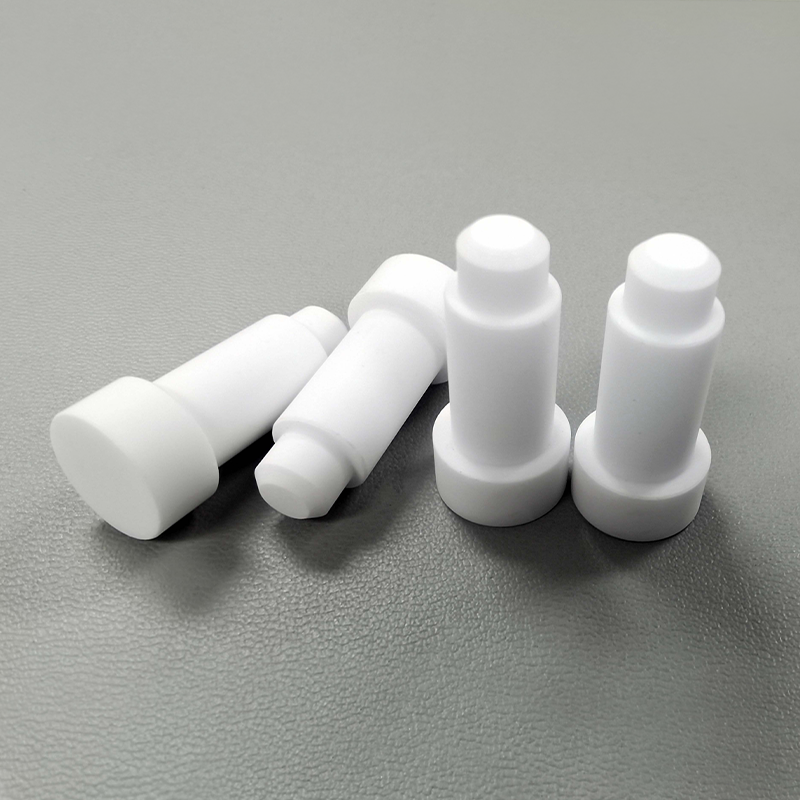Discover Premium Ceramic Products | Durability & Elegance United | Advanced Ceramics
Crafting Razor-Sharp Magic: The Secret Art of Reviving Ceramic Knives in Your Kitchen
(How to Sharpen Ceramic Knives at Home: Easy Steps)
Picture this: you’re slicing into a ripe tomato, expecting that satisfying glide, but instead, your ceramic knife squishes it into a sad, pulpy mess. The horror! Ceramic knives are like the ninjas of the culinary world—lightweight, ultra-sharp, and nearly indestructible—until they’re not. But fear not! With a sprinkle of patience and a dash of know-how, you can resurrect that blade’s edge without summoning a professional. Let’s dive into the mystical process of sharpening ceramic knives at home.
First, let’s debunk a myth: ceramic blades aren’t mythical creatures immune to dullness. They’re made from zirconium dioxide, a material harder than steel but more brittle. Unlike traditional steel knives, they don’t bend—they chip or wear down. Sharpening them isn’t about brute force; it’s about finesse. Forget your regular sharpening stones or honing rods. Ceramic demands specialized tools. Think of it as coaxing a shy artist back to the canvas.
Your toolkit? A diamond-coated sharpening rod or a diamond abrasive wheel. Diamonds are a ceramic knife’s best friend because they’re the only thing hard enough to reshape that tough zirconium edge. You’ll also need a steady hand, a clean workspace, and maybe a cup of coffee for moral support.
Step one: Clean the blade. Wipe off any residue or oils. A dirty knife is like trying to paint a masterpiece on a muddy canvas—it just won’t work. Use warm soapy water, dry thoroughly, and admire that sleek ceramic surface.
Step two: Angle is everything. Ceramic knives typically have a 20 to 25-degree edge. To maintain this, hold the rod at the same angle as the original bevel. Imagine you’re recreating the knife’s birth edge. If you’re unsure, some sharpening rods come with angle guides, or you can eyeball it by aligning the rod with the existing slope.
Step three: Channel your inner sculptor. Gently glide the blade along the rod in smooth, controlled strokes. Start at the base near the handle and move toward the tip, maintaining consistent pressure. Think of it as gently petting a very sharp cat—too rough, and you’ll regret it. Repeat this 10–15 times per side. Ceramic doesn’t need as much grinding as steel, so don’t overdo it.
Step four: Test your handiwork. Grab a tomato, a sheet of paper, or a ripe peach. If the knife slices effortlessly, congratulations—you’ve just performed kitchen wizardry! If not, repeat the process with lighter strokes. Remember, patience is your wand here.
Pro tip: Ceramic knives stay sharp longer than steel, but they still need occasional TLC. Hone them every few months, depending on use. Store them in a protective sheath or knife block to prevent chipping. And never, ever use them on frozen foods, bones, or countertops—ceramic may be tough, but it’s not invincible.
A word of caution: Avoid electric sharpeners or coarse stones. They’re like bullies to ceramic blades, causing micro-chips or uneven edges. Stick to diamond tools, and your knife will reward you with years of silky slicing.
(How to Sharpen Ceramic Knives at Home: Easy Steps)
So there you have it—the alchemy of transforming a dull ceramic blade into a gleaming kitchen hero. No need for expensive gadgets or mystical incantations (though a little confidence doesn’t hurt). With these steps, you’ll keep your ceramic knives slicing, dicing, and defying gravity, one tomato at a time. Now go forth, sharpen with swagger, and let your kitchen adventures begin!


